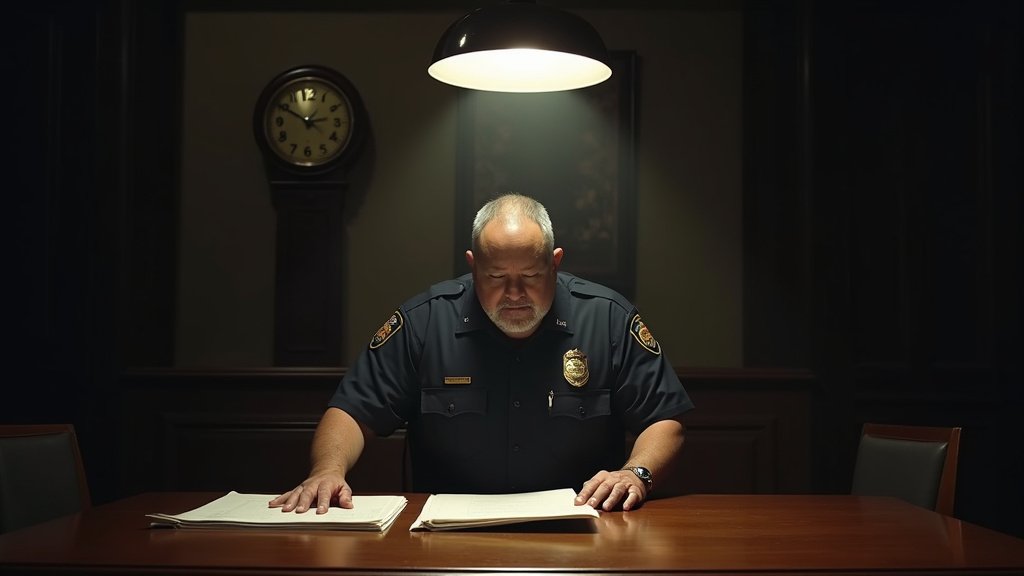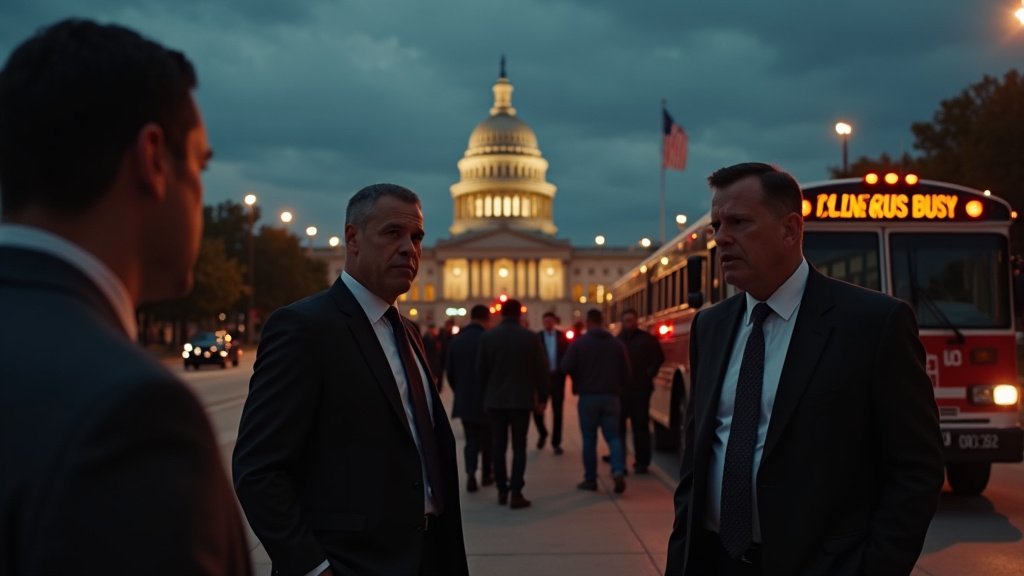The release of a trove of school documents related to the 2022 Robb Elementary School massacre in Uvalde, Texas, has shed critical new light on the events of that tragic day, particularly regarding the knowledge and actions of former school police chief Pete Arredondo. This culmination of a multi-year legal battle for public access to these sensitive records has brought forth previously unseen communications and personnel details, reigniting a challenging and necessary conversation in the state.
Unsealed Records Detail Critical Exchanges
Uvalde school officials have finally made public a comprehensive collection of materials, including text messages, personnel files, and the student records of the gunman. This significant disclosure follows a pivotal July decision by a Texas appeals court, which upheld an earlier order compelling the district to release these records to the public. The documents offer a window into the high-pressure environment surrounding the tragedy, revealing communications between high-ranking district officials and two school police officers who were notably present at the scene during the attack. Among the most scrutinized materials is the personnel file of former school police chief Pete Arredondo, who controversially served as the on-scene commander during the unfolding crisis.
The release has brought to the forefront specific exchanges that underscore troubling pre-shooting instructions and crucial alerts. Less than three hours before the mass shooting began, documents show Arredondo instructing an officer to “hang out at the park” with 12th graders. While the immediate context of this instruction is not fully detailed, its timing so close to the tragic events raises questions about preparedness and priorities.
Acknowledged Gunfire and Delayed Response
Perhaps the most startling revelations within the newly released texts pertain to Arredondo’s early awareness of the unfolding danger. Communications explicitly reveal that Arredondo was alerted to gunfire outside the school at 11:40 a.m. on the day of the shooting. This critical piece of information directly contradicts previous narratives or suggestions of a lack of immediate awareness, placing significant responsibility on the former chief, who was the designated on-scene commander. Despite this early alert, the collective response of law enforcement was shockingly delayed. Approximately 400 officers from various agencies delayed confronting the gunman for an agonizing over 70 minutes, during which time 19 children and two teachers were killed. This prolonged inaction, now further highlighted by Arredondo’s documented early knowledge, remains a central point of criticism and ongoing investigation.
Enduring Failures and Legal Accountability
The newly public documents buttress the findings of previous federal and state authorities’ investigations. These prior probes have meticulously detailed extensive failures in training, communication, leadership, and decision-making that critically hampered the law enforcement response at Robb Elementary. The current news surrounding this document dump adds another layer to the complex narrative, fueling public demands for greater accountability.
The legal ramifications for key figures involved are also progressing. Both Pete Arredondo and former officer Adrian Gonzales have entered not-guilty pleas to multiple charges of child endangerment and abandonment. These serious charges reflect the deep legal and moral scrutiny they face regarding their alleged roles and decisions during the massacre. Their trials are anticipated later this year, and the information contained within these newly released documents is expected to play a significant role in the proceedings. The buzz in Texas surrounding these upcoming trials and the details emerging from the unsealed records is palpable, underscoring the profound impact the tragedy continues to have on the community and the state at large.
The ongoing release of information, even two years after the horrific event, serves as a stark reminder of the persistent pursuit of truth and accountability in the wake of such profound loss. The documents not only offer new insights but also reinforce the critical need for systemic changes to prevent future tragedies and ensure that law enforcement responses are swift, decisive, and effective when lives are on the line. The current state of affairs reflects a community and a state still grappling with the painful aftermath, seeking closure through transparency and justice.






